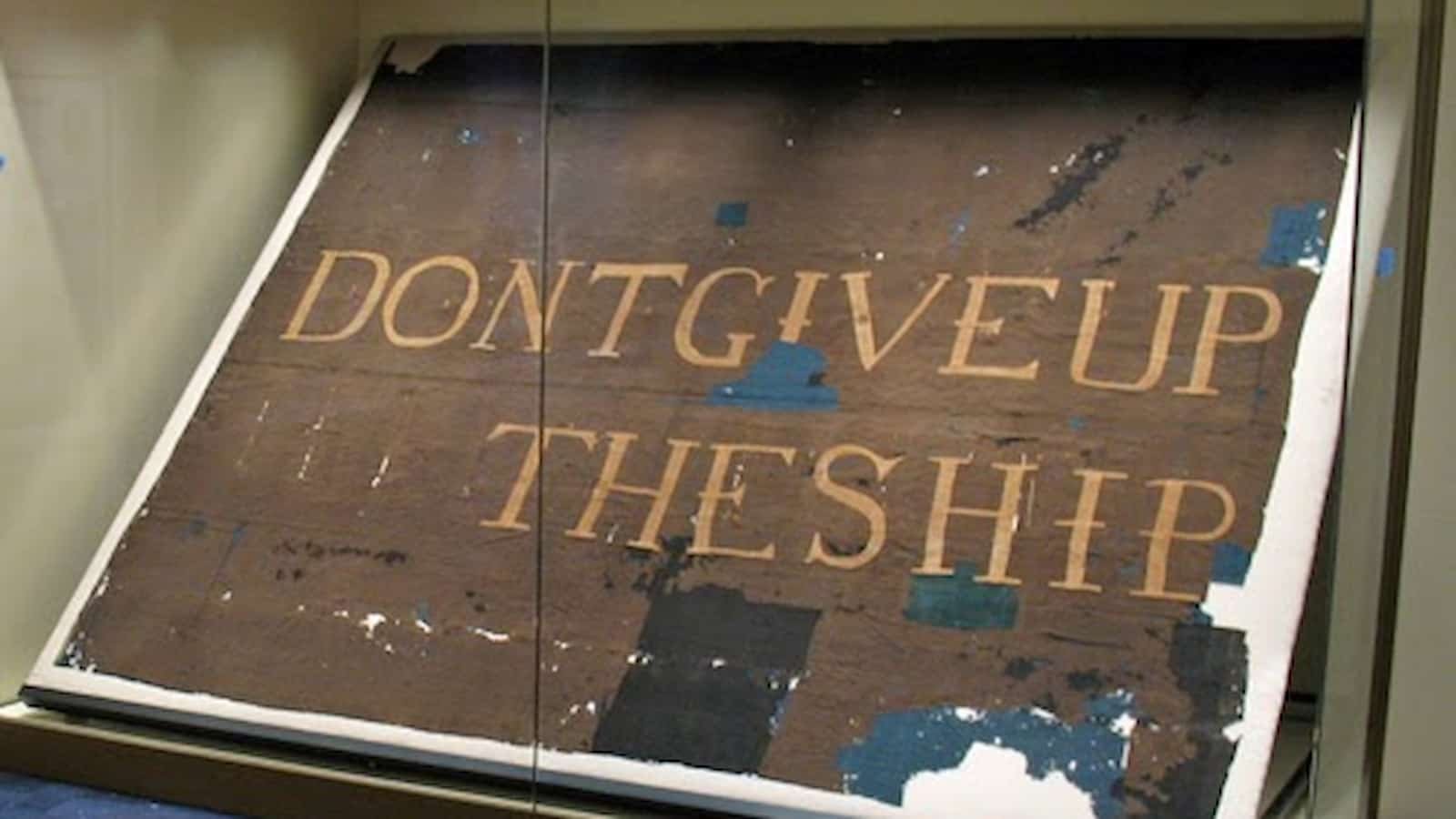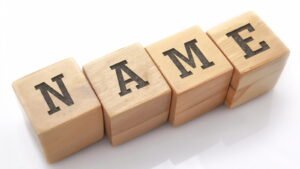Don’t Give up the Ship Day 2024 (US): On June 1, the annual celebration of Don’t Give Up the Ship Day honors the memory of Captain James Lawrence, the commander of the U.S.S. Chesapeake.
The purpose of the day is to commemorate the ship’s crew and captain, who refused to surrender the vessel to the British and remained aboard until his demise. Americans commemorate the incident as a remarkable demonstration of the naval forces’ valor and gallantry, despite the fact that there are varying accounts from various sources regarding the event.
History of the Don’t Give Up the Ship Day
One of the six frigates prepared under the Naval Act of 1794 was the U.S.S. Chesapeake, a naval war frigate designed to accommodate 40 cannons. The ship’s brief tenure commenced with the Quasi-war with France in 1799. In 1807, the ship was allocated to Master Commandant Charles Gordon after being unoccupied since its launch.
The initial task was to relieve the current ship in the Mediterranean Sea for patrol and convoy responsibilities. However, prior to this, the ship required a new personnel and some repairs. Gordon inadvertently recruited three deserters from the British H.M.S. Melampus during the recruitment process. Historians frequently dispute whether Gordon was aware that he was enlisting deserters; however, it was undoubtedly a factor in the British’s subsequent attack.
After learning that the Chesapeake was leaving Washington for Virginia in May 1807, the British planned to intercept it around Boston. The British cruisers under H.M.S. Leopard, which was blocking French ships, intercepted the Chesapeake. The lieutenant of Leopard requested that the Chesapeake be searched for deserters, but the request was denied. Leopard commenced firing at the ship as soon as the lieutenant disembarked, as per the established strategy. The subsequent conflict caused significant losses to the unarmed Chesapeake.
In May 1813, Captain James Lawrence assumed the role of captain following the court-martial of the commanding officer. He was able to capture five British merchant ships using Chesapeake in his initial exploits. H.M.S. Shannon, which was under the command of Captain Philip Broke, presented him with a challenge within days.
British mariners subjected the Chesapeake to an all-out assault, transforming the vessel into a battlefield as they boarded it. At least 72 people died in the combat, including Chesapeake captain James Lawrence.
Despite heavy losses and wounds, the captain ordered, “Do not abandon the ship.” After the captain died, the British took over the Chesapeake on June 1, 1813.
Dutch-American Friendship Day 2024: History, Importance and FAQs
Don’t Give up the Ship Day 2024 (US): FAQs
Why was the U.S.S. Chesapeake important?
Each of the six frigates commissioned in 1799 was designed to give the US a strategic advantage over foreign aggressors. Similar prominence was given to Chesapeake Bay.
Was U.S.S. Chesapeake construction poor?
The Chesapeake was abused, not poorly made. Poor judgments led to the enemy acquiring it, and it was never fully employed.
When was the Chesapeake decommissioned?
The ship was dismantled and sold for timber in 1819.
Don’t Give up the Ship Day 2024 (US): Activities
Visit a naval museum.
You have the opportunity to explore the history of the American Navy by visiting a naval museum. Discover the methods by which it achieved its dominance on the oceans.
Embark on a boat excursion
It is possible to sail a boat while reflecting on the narrative of James Lawrence. Even better, assume the role of your own captain!
Adopt it as your life’s motto.
The act serves as an example of the importance of remaining courageous and gallant. You can readily translate the phrase “don’t give up the ship” as “don’t give up on your dreams.” Observe what strikes a chord with you.
DON’T GIVE UP THE SHIP DAY DATES
| Year | Date | Day |
|---|---|---|
| 2024 | June 1 | Saturday |
| 2025 | June 1 | Sunday |
| 2026 | June 1 | Monday |
| 2027 | June 1 | Tuesday |
| 2028 | June 1 | Thursday |
National Leadership Day 2024 (US): Honoring History and Discovering Facts












